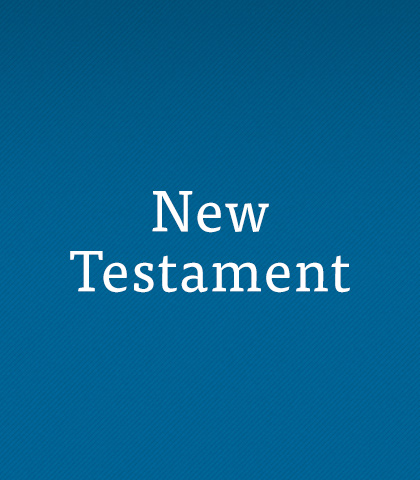Kick-Starting a Plan to Reach the World
The reason we place our trust in Jesus is not to escape the horrific destiny of hell. According to Scripture, following Jesus means that we’re in a lifetime process of becoming more like Him. Be listening when Chuck Swindoll helps us remain focused on our primary mission.


